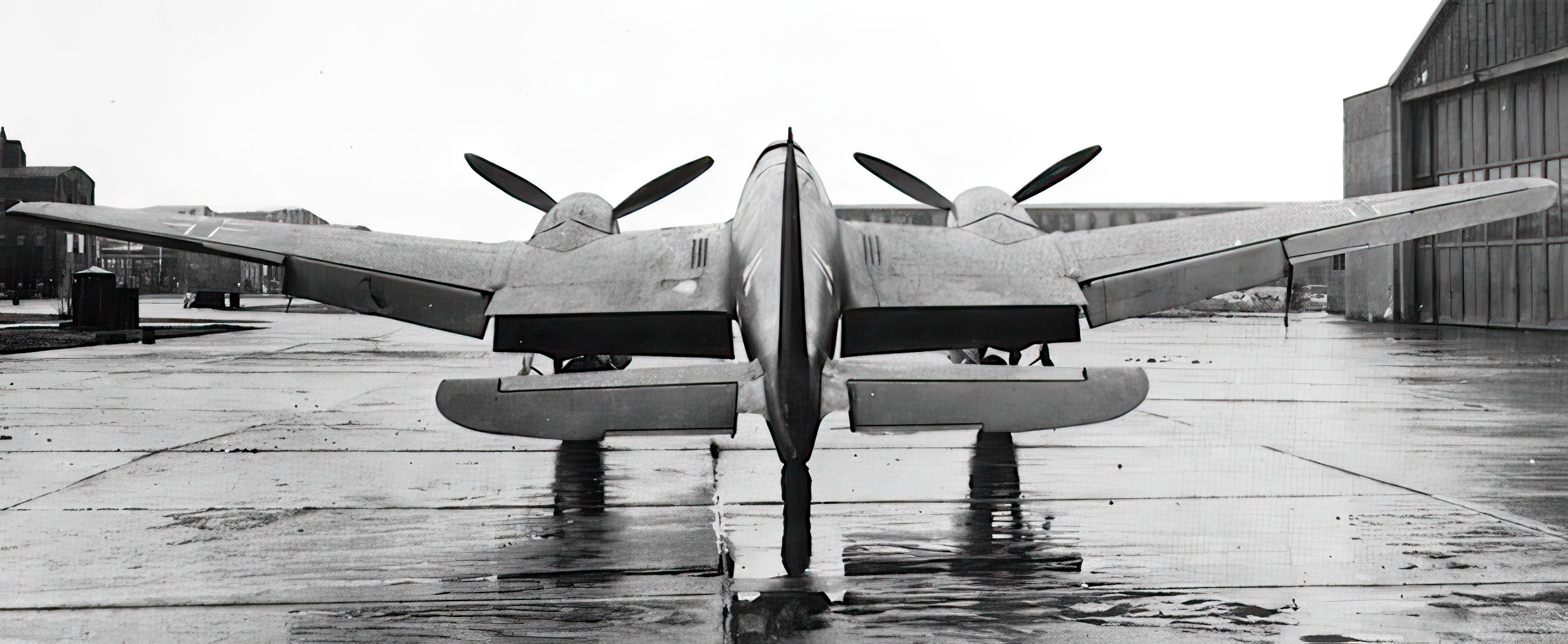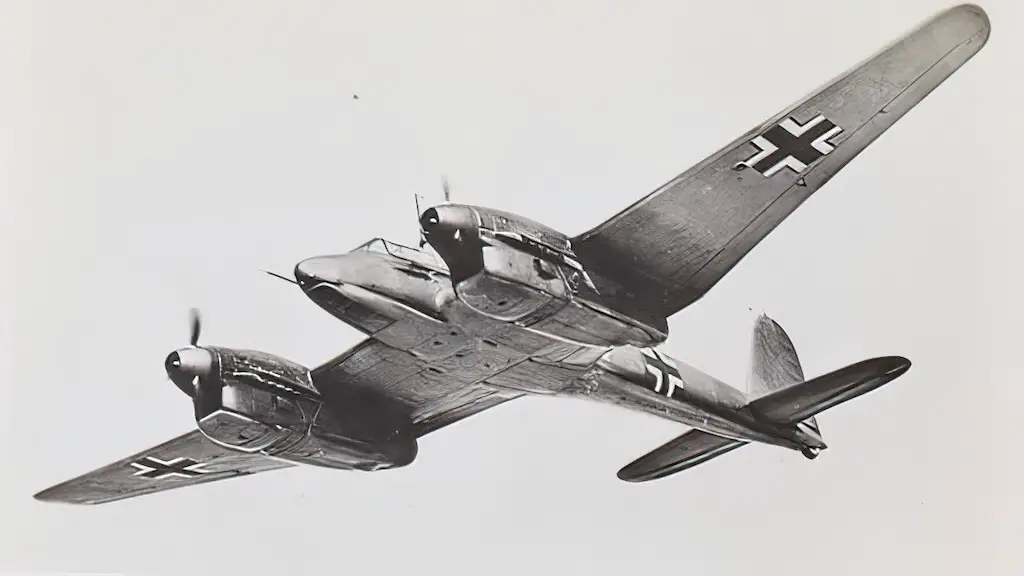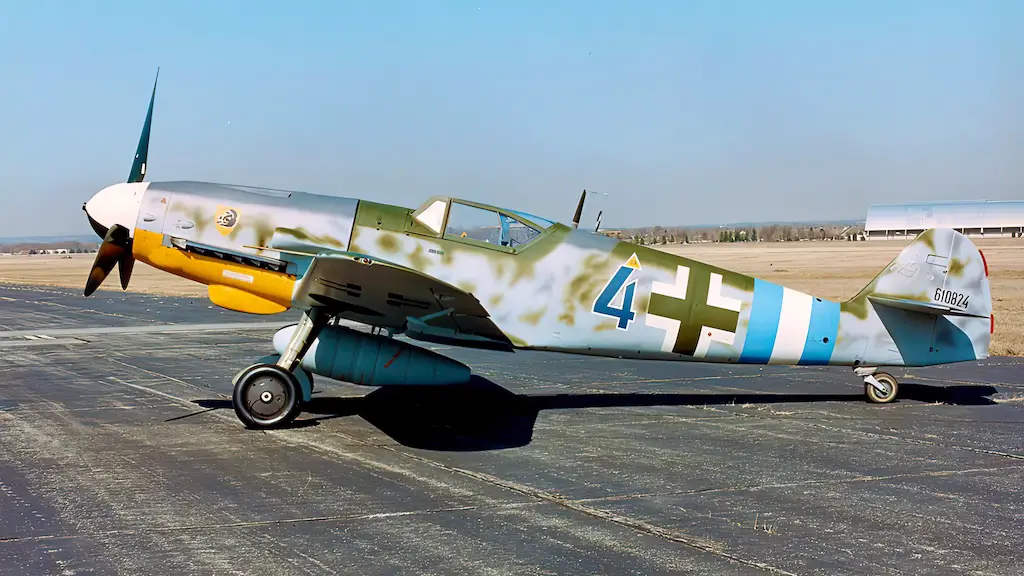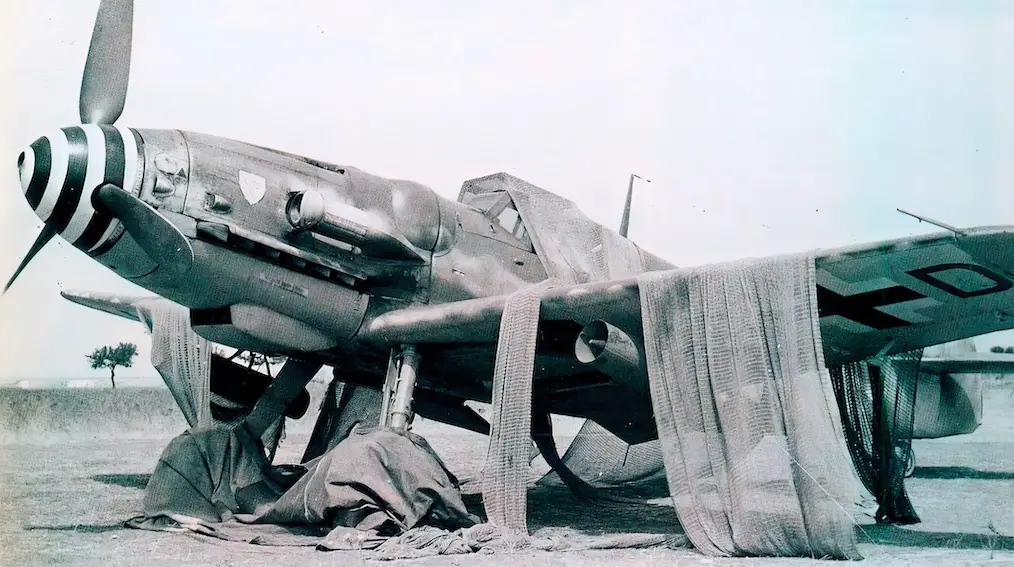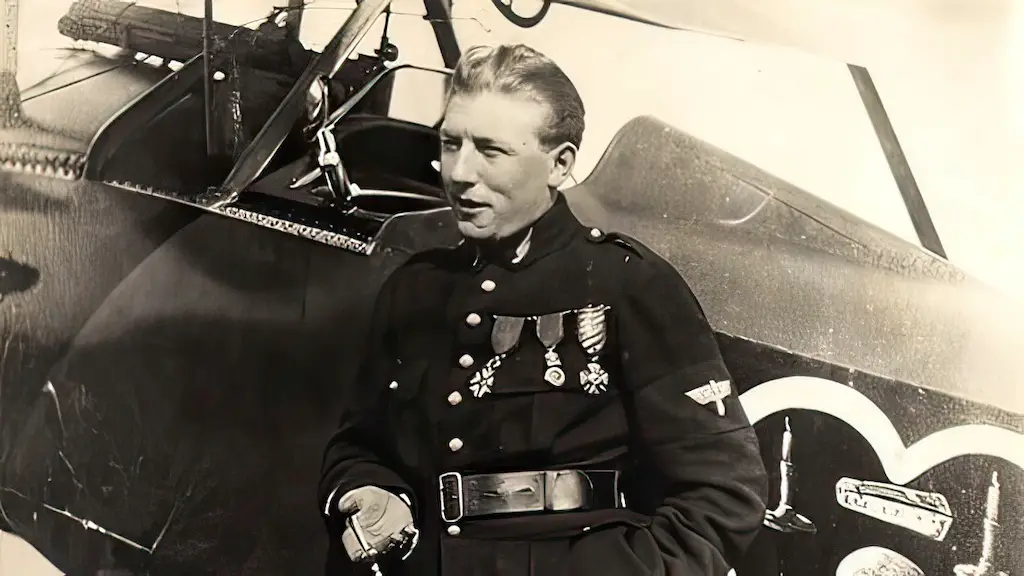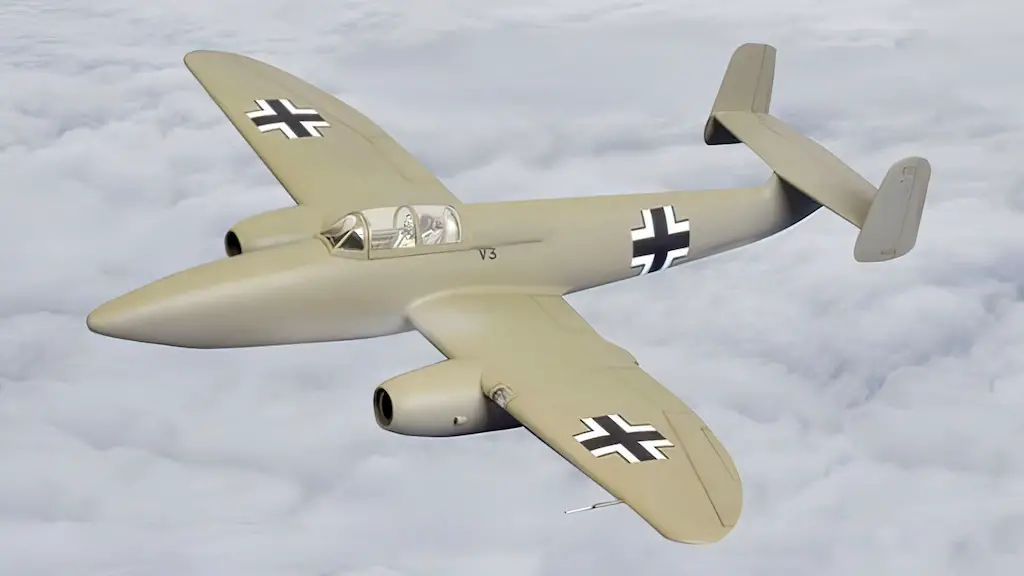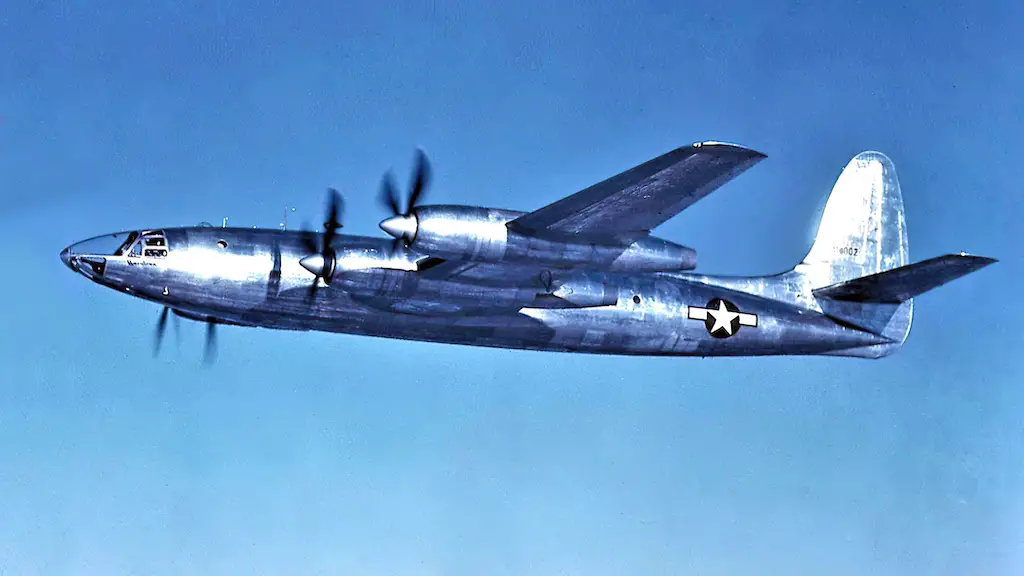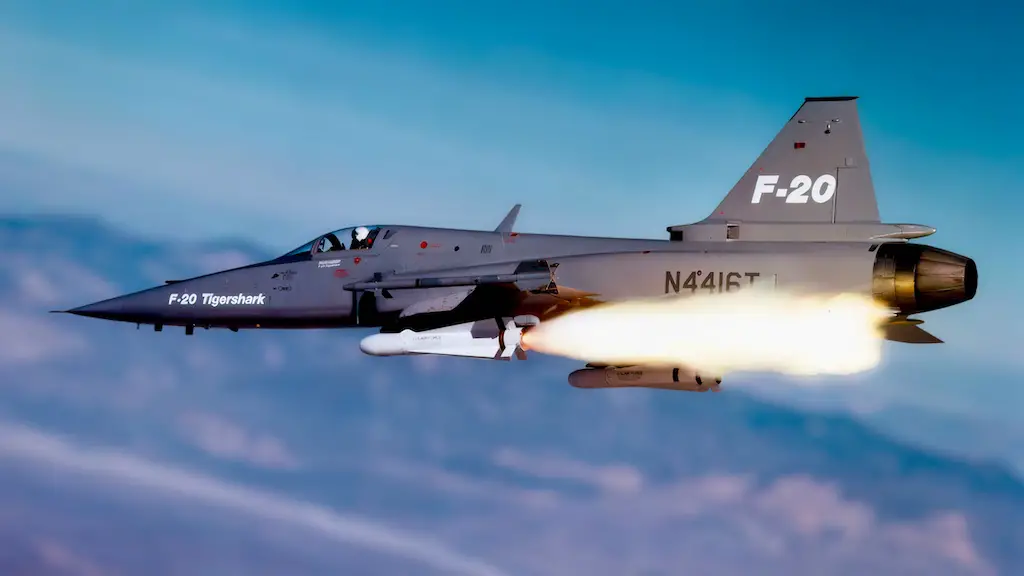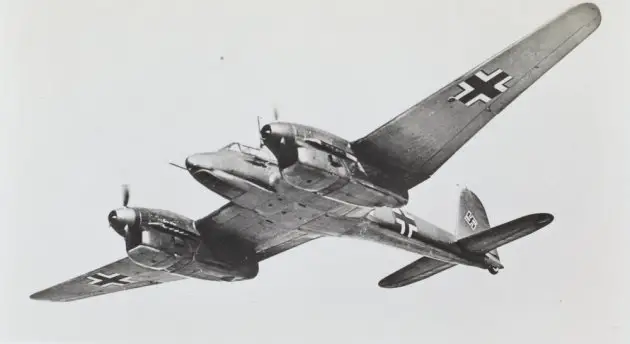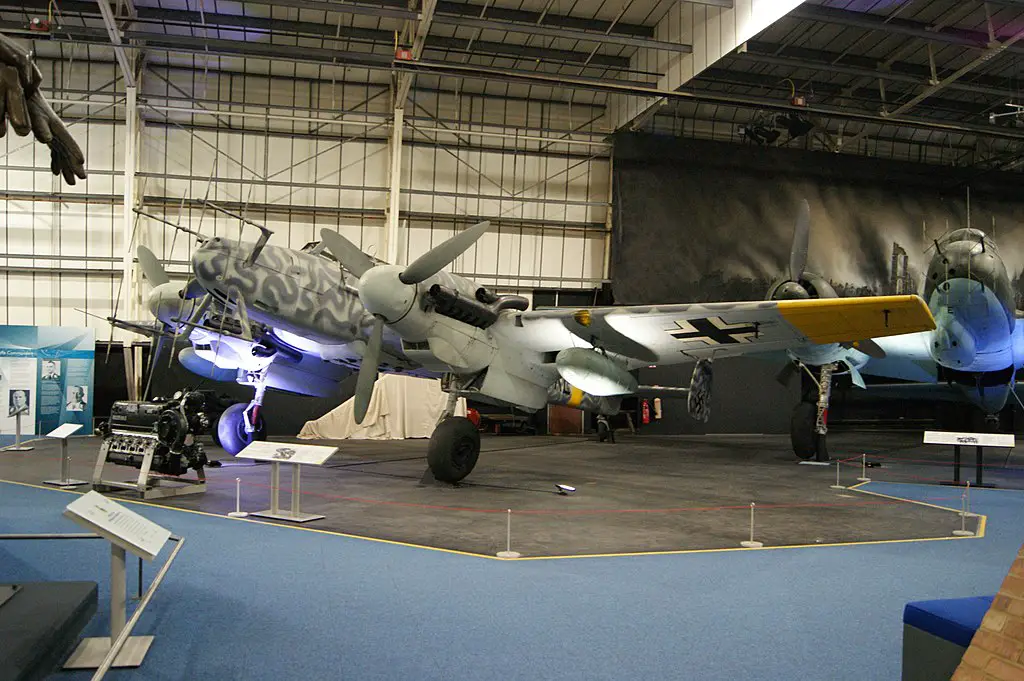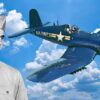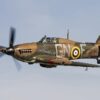An Ambitious Beginning
A spark of ambition took flight in the late 1930s. Kurt Tank, an innovative aeronautical engineer, envisioned an aircraft of distinctive prowess – the Focke-Wulf Fw 187 Falke. His dream? A twin-engine, high-performance fighter that could outshine Germany’s finest. But ambitions can often be a double-edged sword, and the Luftwaffe didn’t share his enthusiasm. Caught between the nimble Messerschmitt Bf 109 and the robust Bf 110, the Fw 187 was stuck in a limbo of classification.
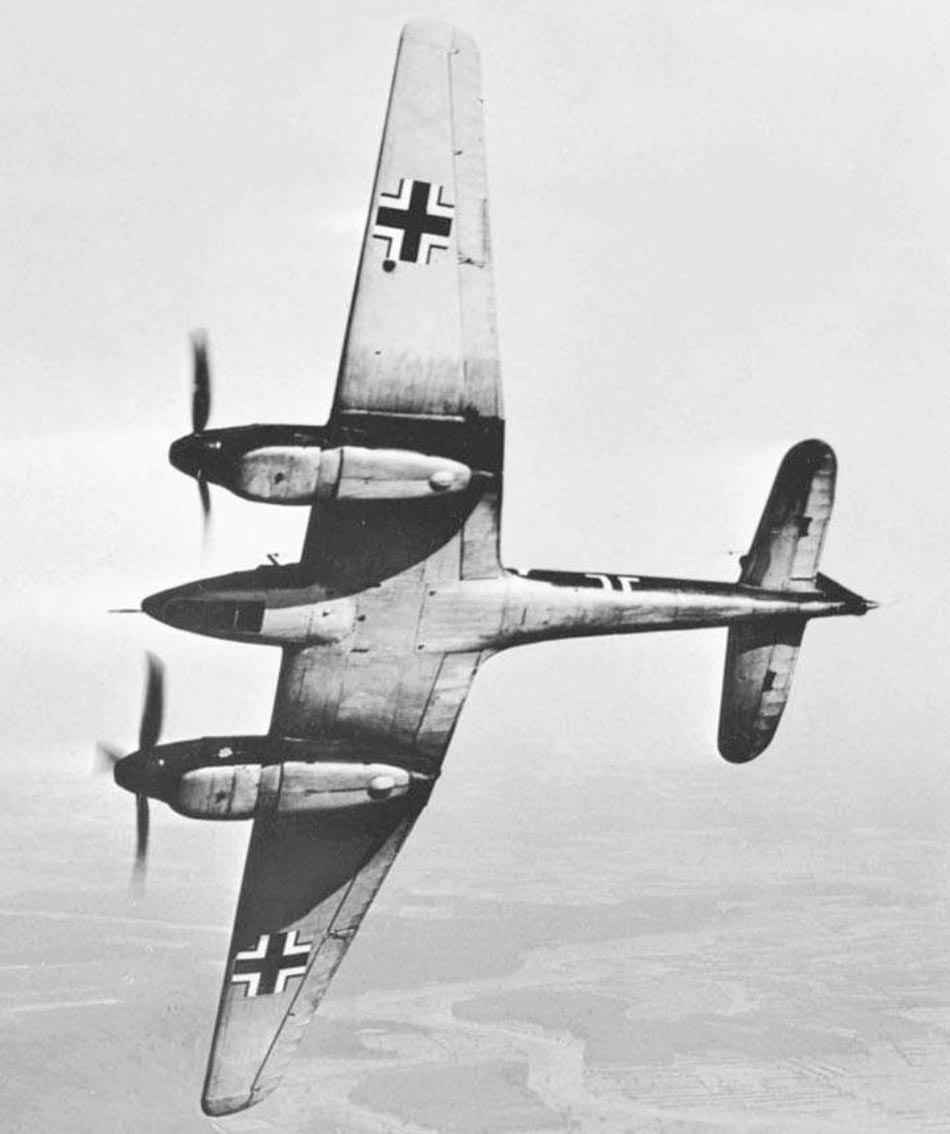
The Engine Behind the Falcon
Tank’s vision was powered by the engines, and the Fw 187 did not disappoint. Each wing housed a Junkers Jumo 210 engine, each capable of delivering a stunning 700 horsepower. It was no slouch in speed either. The powerful engines propelled the Falke to a maximum speed of 354 mph making it one of the fastest pre-war aircrafts. It looked promising on paper, but only a flight could put this bird to the real test.
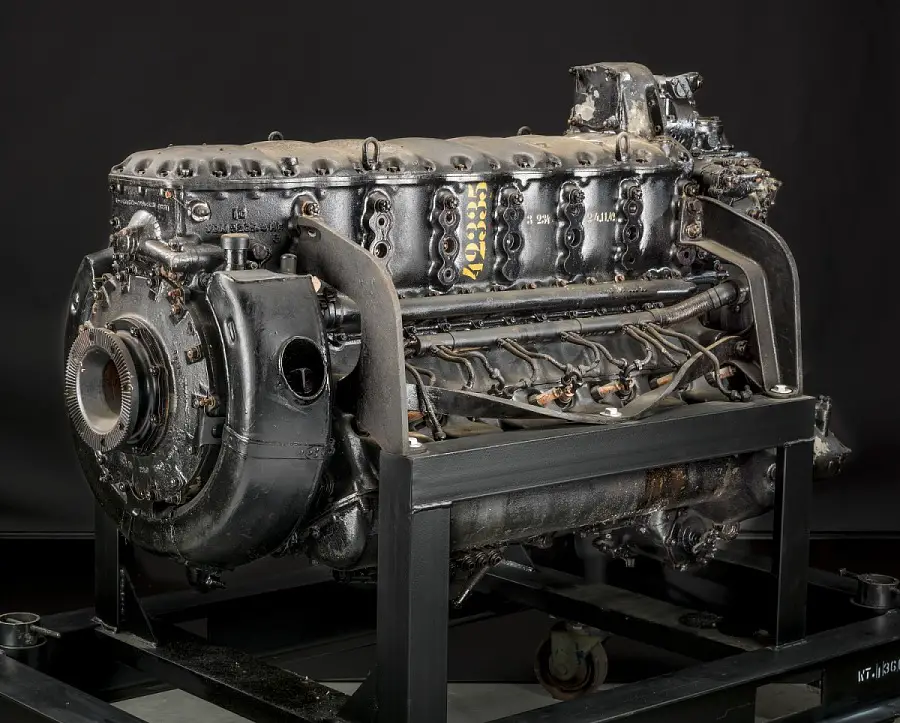
Up in the Air
Once airborne, the Fw 187 displayed admirable flight characteristics. It was noted for its speed, maneuverability, and stability, even at high altitudes. It could climb, dive, and engage in dogfights with an unexpected grace, a direct contrast to its stolid appearance. But it was not without its flaws. Despite the second seat addition in the latter prototypes, the Fw 187 fell short of being a reliable Zerstörer, as the rear gunner’s view remained significantly obstructed.
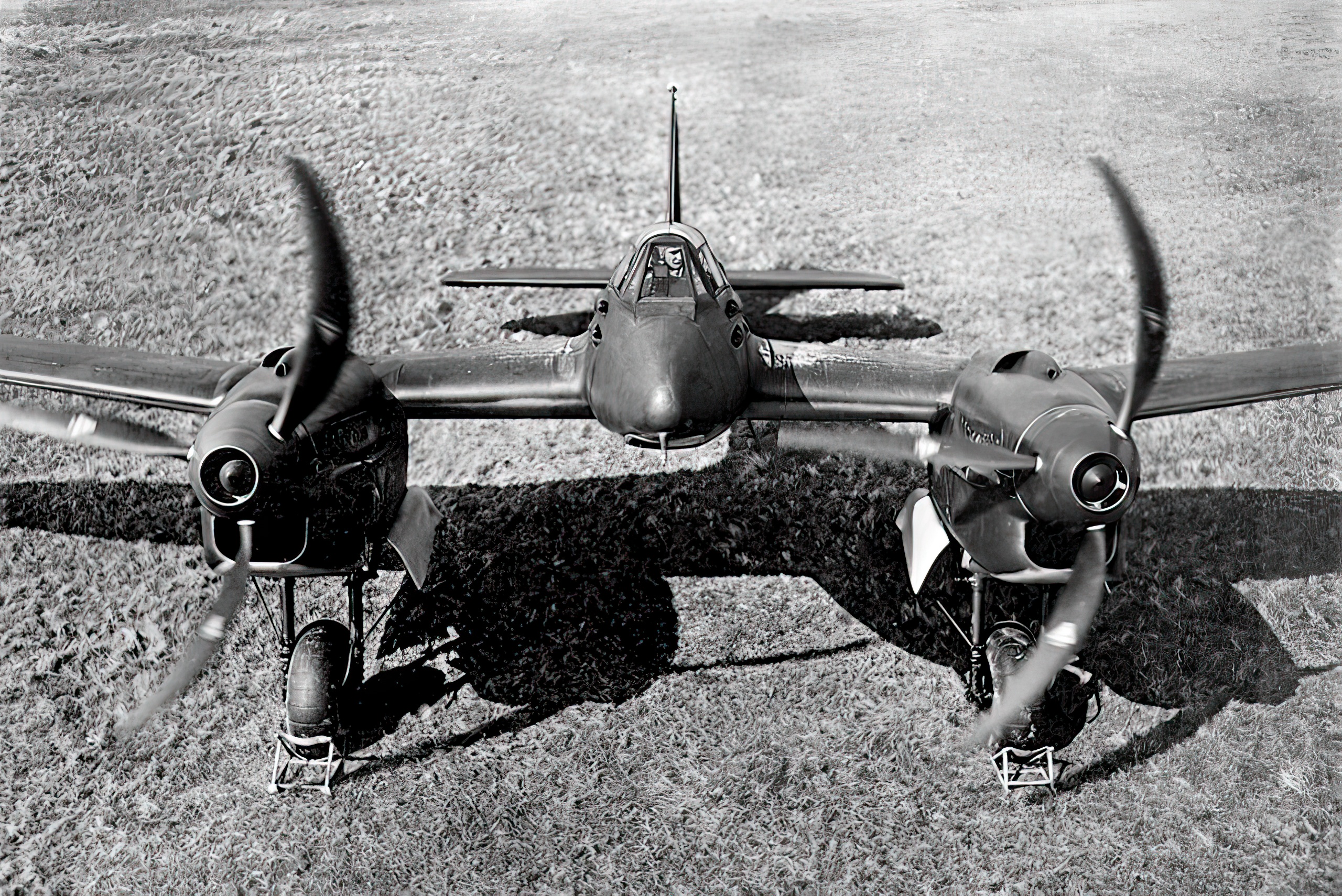
The Short-Lived Falcon
Despite these compelling attributes, the Fw 187 saw minimal operational use. Only nine units were produced, serving mostly as prototype and test aircraft. A pair found their way to Norway in 1940 for field trials, but the venture was short-lived. Their limited operational use did little to prove their worth or their potential as high-performance fighters.
The Falke’s Downfall
The failure of the Fw 187 was a complex interplay of perception, politics, and technological limitations. Despite its impressive performance and speed, the Luftwaffe failed to see a specific role for the aircraft, branding it as an awkward intermediate.
Moreover, the Falke’s attempt to compete with the Bf 110 as a two-seater Zerstörer highlighted its major design flaws. The added weight of the second seat and associated weaponry hampered its high-speed capabilities, and the obstructed view for the rear gunner left it disadvantaged in aerial battles.
Additionally, the Luftwaffe’s preference for single-engine fighters, like the Bf 109, further marginalized the Falke. The demand was for compact, agile interceptors, leaving the twin-engine Falke struggling to find its place.
Finally, in a time of rapid technological advancement, the Fw 187’s engine, though impressive, was quickly overshadowed by more powerful, fuel-efficient engines. The arrival of aircraft like the Bf 110 and the Bf 109E, equipped with superior engines, left the Fw 187 trailing behind.
The Focke-Wulf Fw 187 Falke, a product of ambition and innovation, found itself in a cruel twist of fate, relegated to the sidelines of aviation history. Though it bore the name ‘Falcon’, it was never truly allowed to spread its wings and soar.
